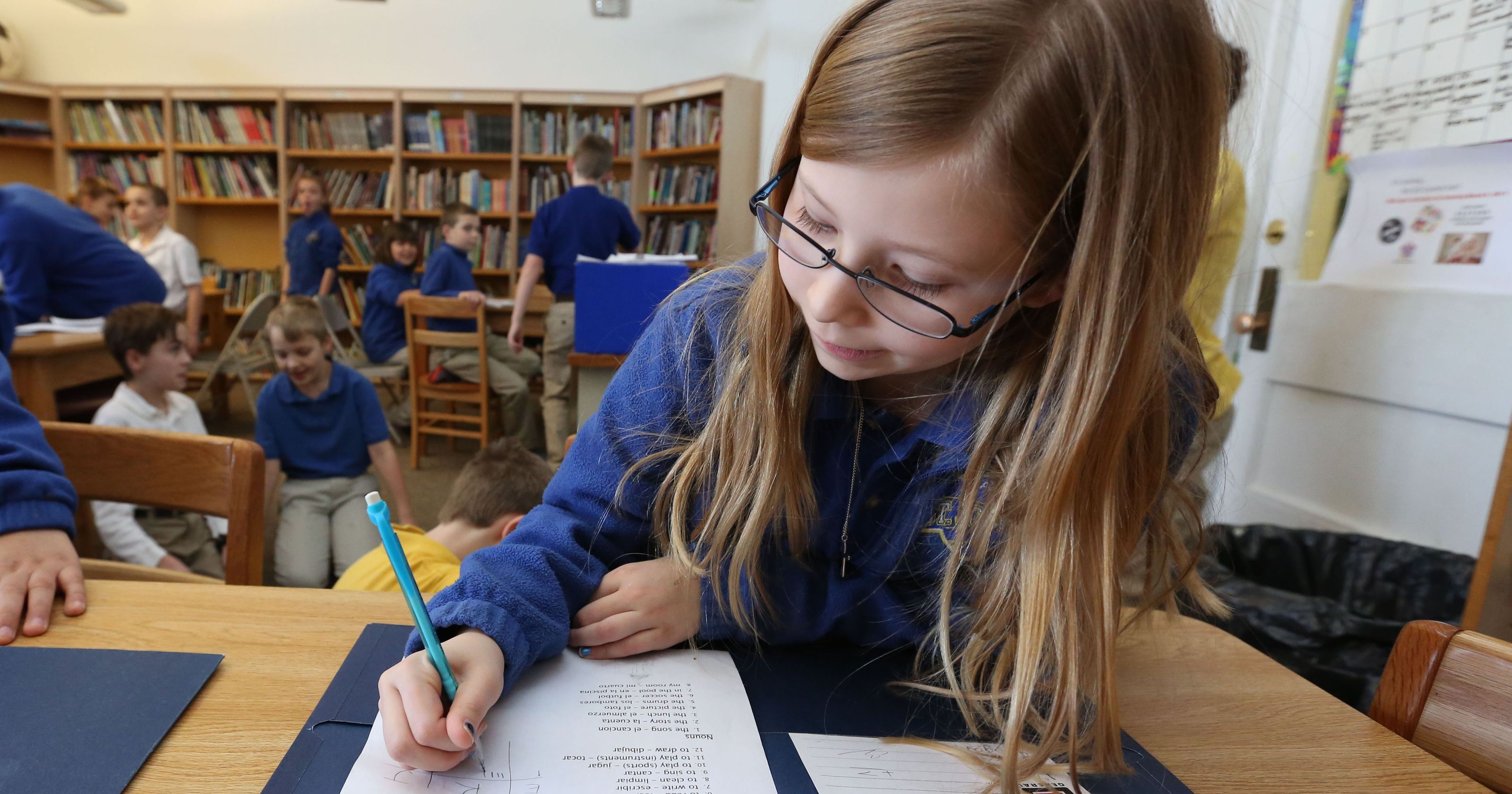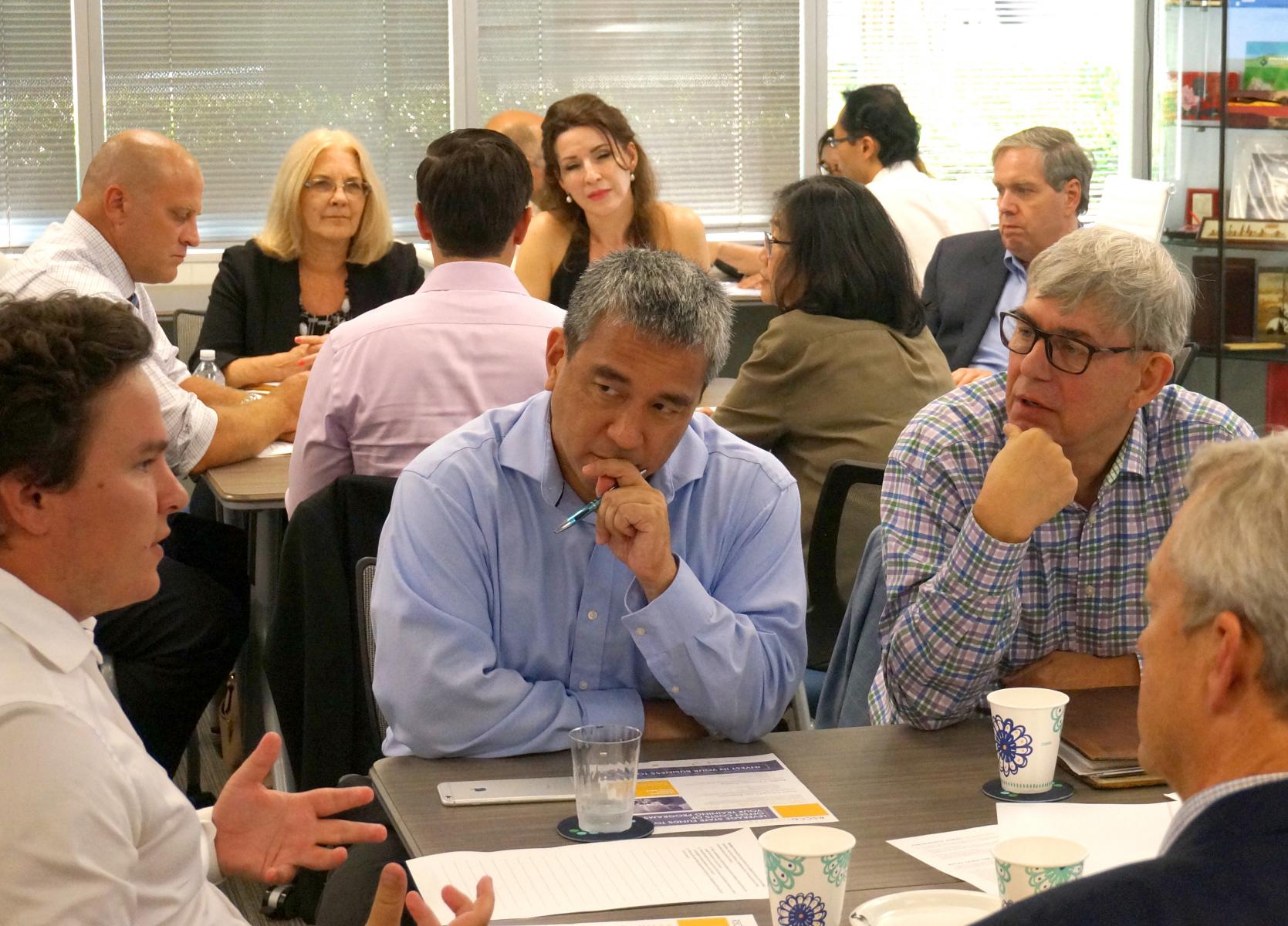As per a 2006 report the Parliamentary Get together Board of trustees on Culture, Science and Instruction in France, “[B]ilingual training dependent on the primary language is the reason for long haul achievement.” Refering to huge numbers of the known and acknowledged advantages of bilingualism and biliteracy, the Advisory group puts forth the defense that bilingual instruction ought to be bolstered at whatever point conceivable, to enable minorities to hold their local dialect – and in addition increment their potential for larger amounts of scholarly accomplishment all the while.
Worries that kids who grow up with two dialects will either fall behind scholastically as a result of it, or are in danger of not acing either dialect well, have to a great extent been negated research, the advisory group expressed.
“The dialect which is the vehicle of guidance has a pivotal job in that direction of it is the way to classroom correspondence and thus to understudies’ procurement of information. A lot of research has affirmed that sorts of instruction dependent on the native language altogether increment the odds of instructive achievement and give better outcomes,” they deduced in their report.
What is Bilingual Training?
Bilingual training programs show speakers of different dialects scholarly subjects in their local dialect while bit bit changing them into English-just classrooms. The larger part of these projects in America educate to local speakers of Spanish, Chinese, or Navajo. Bilingual training is not quite the same as ESL on the grounds that ESL programs are implied just to show speakers of different dialects English, while bilingual instruction programs are intended to empower further maintenance and improvement of the local dialect while showing English, empowering the kid to create familiar bilingualism and biliteracy.
What are the advantages of Bilingual Training?
Bilingual instruction educators for the most part change understudies from the bilingual classroom to the English standard classroom over a time of 1-6 years. This can be gainful for one since it enables the understudies to proceed with their own scholastic headway while taking in the overwhelming dialect, though understudies who must take in a dialect and other scholarly subjects in that dialect frequently fall behind. By showing kids scholarly subjects in their local dialect while getting English, the understudies take in the dialect while proceeding to advance scholastically. Besides, they end up familiar and educated in the two dialects.
Studies have demonstrated that quality bilingual instruction can be a compelling methodology for showing second dialect students. Effective projects have discovered that creating and keeping up the understudy’s local dialect does not meddle with English dialect securing, but rather improve it.
The upsides of bilingualism are not profoundly discussed. Aportion of the preferences plurilinguals have, refered to the ParliamentaryGet together, include:
• An upgraded workforce for innovative reasoning
• Further developed logical aptitudes and psychological control of etymological tasks
• More prominent open affectability in connection to situational factors
• Enhanced spatial observation, subjective clearness and expository abilities
Besides, bilingual projects support the safeguarding of a minority gathering’s etymological and social legacy. Kids who are put into English-just schools since early on will incredibly lose their first language and culture except if it is educated and much of the time talked at home – anyway it is very basic for second and third era Americans to lose their legacy dialect.
On the off chance that the advantages of bilingualism are not very questioned, for what reason is bilingual training exceedingly debated?
Basic contentions and assessments against bilingual instruction in America incorporate the accompanying:
Drenching
The contention is that if a man isn’t completely submerged in the new dialect, they won’t learn it – that migrant youngsters ought to be completely drenched in the dialect and accordingly be instructed altogether in English immediately, rather than adapting continuously, in light of the fact that they won’t learn too with a slow methodology. Faultfinders of bilingual training regularly trust that holding and building up the principal dialect restrains the youngster’s capacity to learn English. Be that as it may, bilingual training supporters keep up that holding the main dialect will encourage learning in the second. Open doors for inundation, in addition, are all near, though quality bilingual training openings are most certainly not.
Lacking authority of the English dialect
Some express questions about the achievement of bilingual projects in showing dialect minority understudies authority of the English dialect, refering to low test scores and poor perusing aptitudes in both English and the local dialect because of the projects. Be that as it may, low scores can be credited to the tyke’s social setting more than to the adequacy of bilingual instruction, as indicated the 2006 report the Parliamentary Get together.
Besides, as per a recent report commission the California Relationship for Bilingual Training (CABE), youngsters in “appropriately structured” bilingual instruction programs learn English rapidly and meet review level norms in English and arithmetic in three to five years. The report utilized information gathered from 25 schools in seven California areas to debate the case that bilingual projects moderate the procurement of English and keep kids out of the standard longer.
Inclination
Spanish and also other minority dialects have not verifiably been esteemed as exceedingly as they ought to be because of partiality and xenophobia. One and two ages back it was not satisfactory for migrants or locals to talk a dialect other than English in school, and guardians did not instruct their kids for dread they would not exceed expectations or that it would keep them down. This preference still frequents us today.
Dread
In 2010 Tucson Brought together School Area (TUSD) prohibited Mexican legacy and social investigation in their secondary schools. They asserted that the courses were instructing Mexican-American youngsters to detest white Americans and urging them to need to topple the US government. Despite the fact that the school was seeing ascents in scholastic accomplishment, the program was showing minority understudies their way of life and not the standard one, thus the projects were cut. This nearly emulates the fight bilingual projects have looked in America also.
Inadequate research
In addition, it doesn’t help that exploration on bilingual instruction introduces its own arrangement of issues. “Research on the viability of bilingual instruction stays in question, since program assessment examines – including suitable examination gatherings and arbitrary task of subjects or controls for prior contrasts – are greatly hard to configuration,” composed James Crawford, specialist on bilingual training. Crawford, in any case, keeps up that there is solid experimental help that local dialect guidance does not hinder or moderate the procurement of English, and that very much created aptitudes in the local dialect are related with large amounts of scholastic accomplishment.
A 1997 public statement from an advisory group of the National Exploration Board framed maybe an all the more balanced end. They expressed that political discussions over how to train youngsters with restricted English aptitudes have hampered bilingual instruction research and assessment endeavors. The board suggested that examination center around distinguishing an assortment of instructive methodologies that work for kids in their networks dependent on near need and accessible assets. Also, to be sure this accessibility of assets can be a noteworthy concern when looking at developing quality bilingual projects, and in addition the shortage and interest for quality bilingual educators.
“As of late, thinks about rapidly have progressed toward becoming politicized backing bunches specifically elevating exploration discoveries to help their positions,” said Kenji Hakuta, panel seat and educator of training at Stanford College. “As opposed to picking a one-estimate fits-all program, the key issue ought to recognize those parts, upheld strong research discoveries, that will work in an explicit network.”
On the off chance that bilingualism has an instructive preferred standpoint, for what reason don’t our schools bolster this favorable position?
Another frequently dismissed favorable position of bilingual training in America is that local English-talking kids can enlist and secure a second dialect. America is known for being one of the slightest double tri lingual nations on the planet, with an inclination toward English-just, while most different nations on the planet show numerous dialects since early on. Interestingly, most Americans would perceive the advantages of talking at least two dialects, albeit bilingual instruction remains a profoundly discussed subject.
Bilingual training programs can possibly help empower and bolster plurilingualism in America and at last enhance our country scholastically.
“The view that bilingualism or plurilingualism is a weight on understudies is… wrong – they are resources,” the 2006 Parliamentary Get together Board of trustees revealed. “‘Solid’ bilingual instructive models which expect to outfit the future grown-up with genuine bi/plurilingual capability and, specifically, bi-proficiency, have numerous favorable circumstances over ‘powerless’ models which treat bilingualism as a middle of the road organize between native language monolingualism and authority dialect monolingualism as opposed to as an end in itself.”



